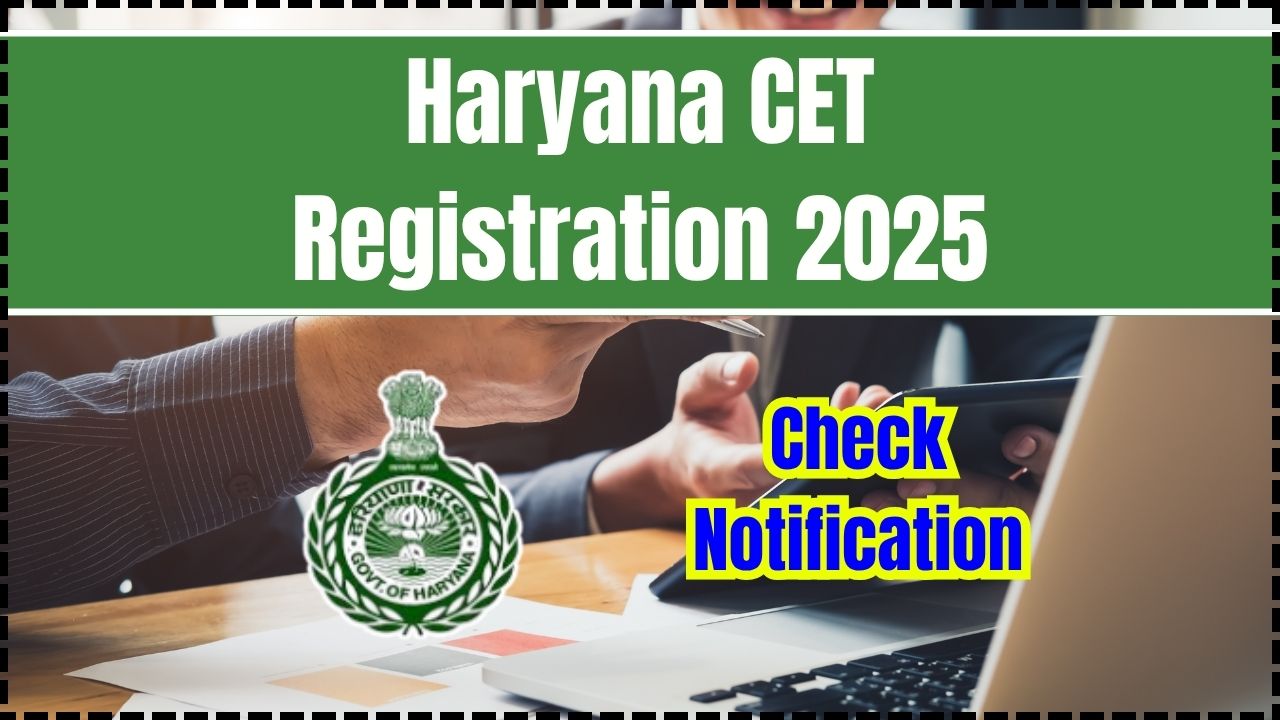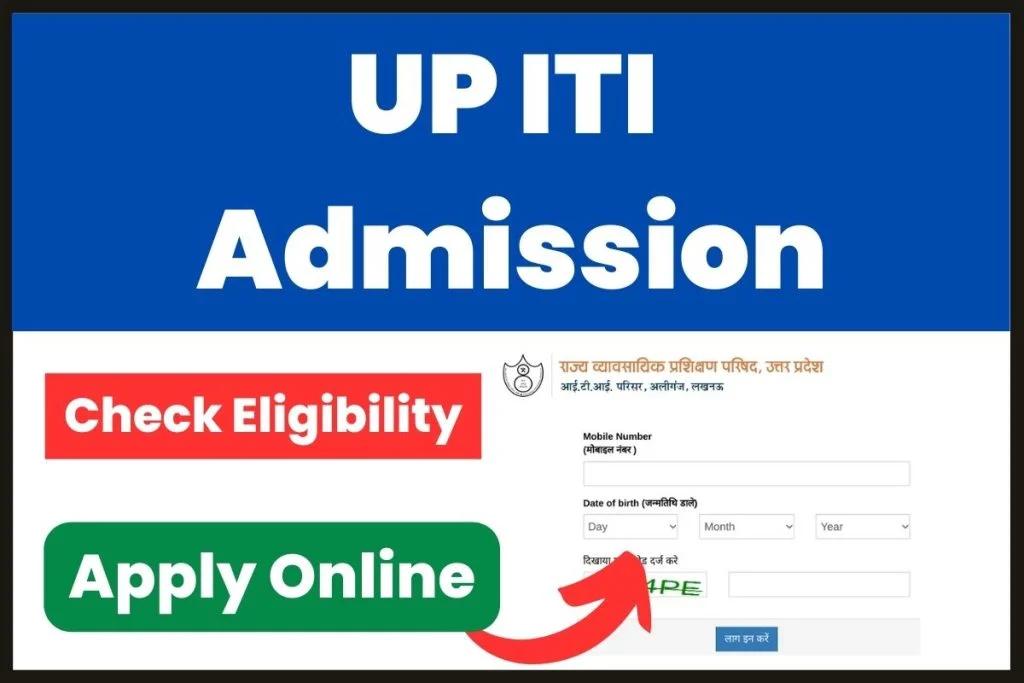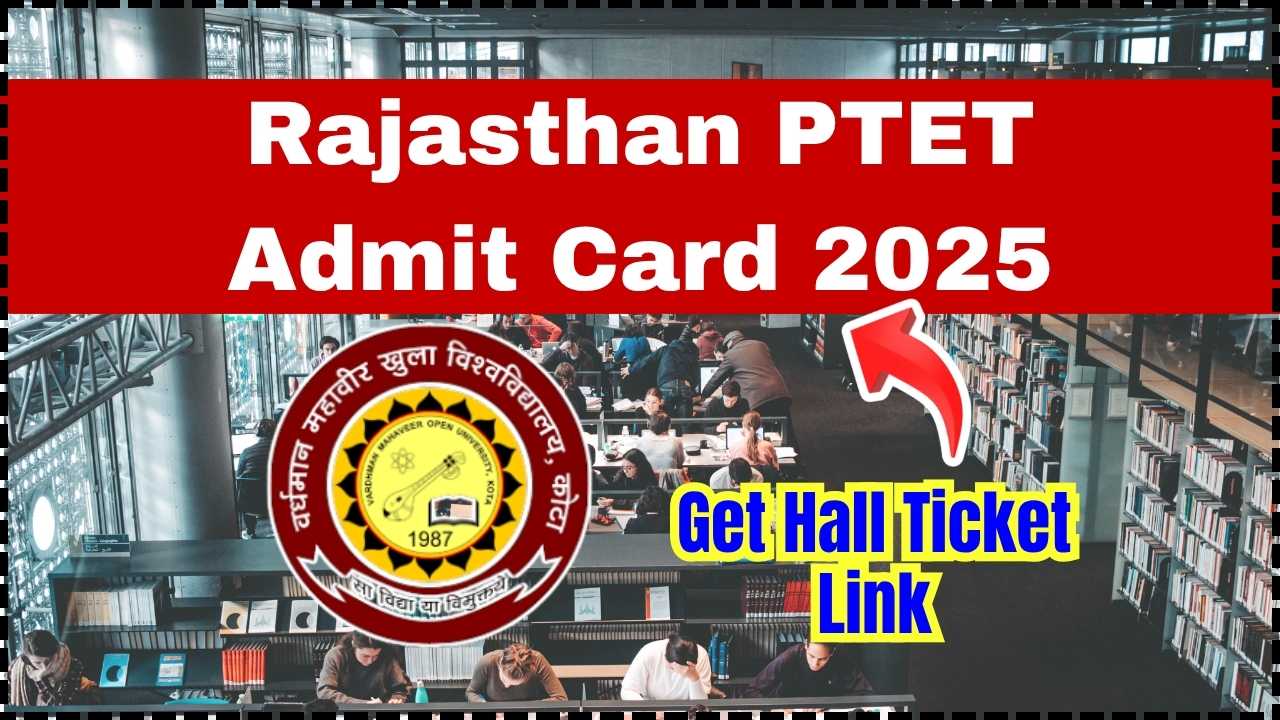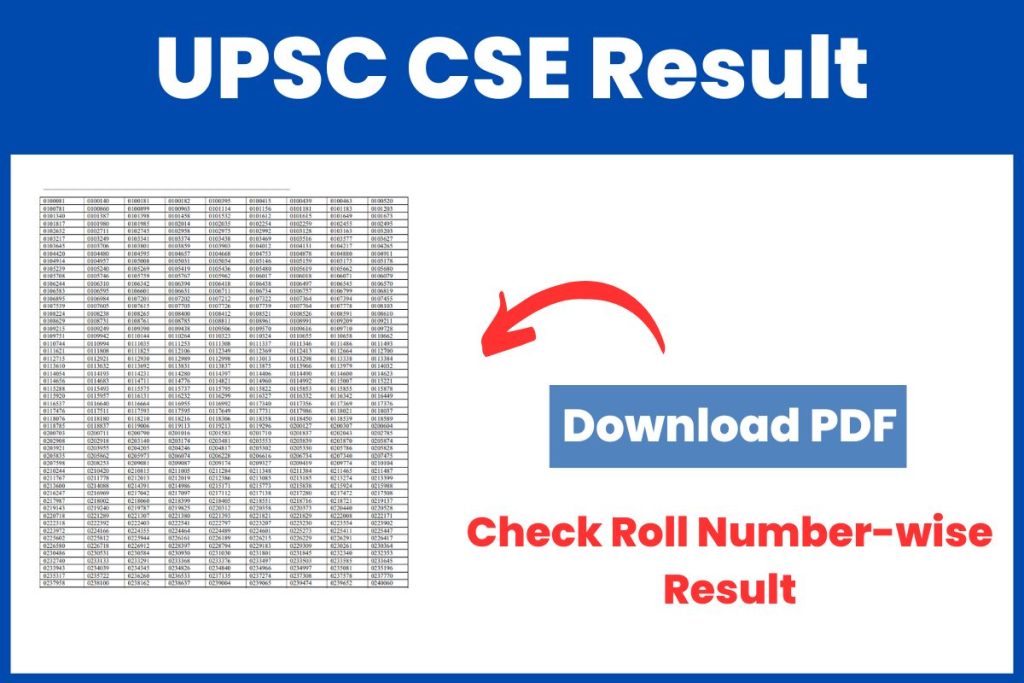
CSIR UGC NET 2025: The CSIR UGC NET June 2025 is more than just an exam – it’s a gateway for aspiring scientists, researchers, and future professors across India. Conducted by the National Testing Agency (NTA) on behalf of the Council of Scientific and Industrial Research (CSIR), this exam decides who gets to be eligible for Junior Research Fellowship (JRF) and Lectureship/Assistant Professorship in Indian universities and colleges. If you’re thinking about applying, or you’re just curious about what’s involved, this guide breaks it all down – step by step, with clear examples, facts, and some practical tips you can actually use.
CSIR UGC NET 2025
The CSIR UGC NET June 2025 is a career-changing opportunity for aspiring researchers and educators. With the right strategy – understanding eligibility, mastering the syllabus, practicing with past papers, and applying early – you’ll be well-prepared.
| Feature | Details |
|---|---|
| Exam Name | CSIR UGC NET June 2025 |
| Conducting Body | National Testing Agency (NTA) |
| Purpose | Eligibility for JRF and Lectureship/Assistant Professorship |
| Notification Release | Expected in May 2025 |
| Application Start Date | To be announced |
| Application End Date | To be announced |
| Exam Dates | Tentatively in June 2025 |
| Mode of Exam | Computer-Based Test (CBT) |
| Subjects | Life Sciences, Physical Sciences, Chemical Sciences, Mathematical Sciences, Earth Sciences |
| Official Website | csirnet.nta.ac.in |
What’s This Exam All About?
At its core, the CSIR UGC NET is designed to test your grasp of scientific concepts, your research aptitude, and your readiness to step into the world of academia. It’s held twice a year – in June and December – and covers five core subjects: Life Sciences, Physical Sciences, Chemical Sciences, Mathematical Sciences, and Earth Sciences. In 2025, the June session is expected to have its notification released in May 2025, with the exam itself happening sometime in June.
Eligibility Criteria – Can You Apply?
Before you rush into filling out the form, let’s look at the requirements.
Educational Qualification
- General/EWS Candidates: You need a Master’s degree (M.Sc.) or equivalent in the relevant field, with at least 55% marks.
- SC/ST/PwD Candidates: The bar is slightly lower, at 50% marks.
- Engineering and Medical Graduates: Those with BE/B.Tech/B.Pharma/MBBS degrees are also eligible for JRF, but only if they enroll in a Ph.D. program within two years. You’ll need 75% marks in your bachelor’s degree.
Age Limit
- For JRF, the maximum age limit is 30 years (as of the exam date), with relaxations – 5 years for SC/ST/PwD/female candidates, 3 years for OBC-NCL.
- For Lectureship/Assistant Professorship, there’s no age limit.
How to Apply for the CSIR UGC NET 2025 – Step-by-Step
Once the notification drops (expected May 2025), head to csirnet.nta.ac.in to apply online.
- Registration: Create a login ID with your personal details.
- Filling the Form: Enter educational qualifications, contact details, and subject preferences.
- Upload Documents: Scan and upload your photo, signature, and certificates.
- Pay the Fee: Use credit/debit card, net banking, or UPI.
Application Fee
| Category | Fee |
|---|---|
| General | ₹1,150 |
| OBC-NCL/EWS | ₹600 |
| SC/ST/PwD/Third Gender | ₹325 |
Exam Pattern – What to Expect
The exam is in Computer-Based Test (CBT) mode with Multiple Choice Questions (MCQs). The paper is split into three parts:
- Part A: General Aptitude – logical reasoning, numerical ability, data interpretation (for all subjects).
- Part B: Subject-specific – conventional MCQs covering core topics.
- Part C: Advanced – higher-order analytical questions testing deep understanding and application of concepts.
Each subject’s paper has a maximum of 200 marks with negative marking for incorrect answers.
Syllabus – The Big 5 Subjects
You’ll need to pick your subject based on your academic background and career goals. Here’s what’s covered:
- Life Sciences: Genetics, Cell Biology, Biochemistry, Ecology, Physiology, Biotechnology.
- Chemical Sciences: Inorganic, Organic, Physical Chemistry, Analytical Techniques.
- Physical Sciences: Classical Mechanics, Quantum Mechanics, Thermodynamics, Electromagnetism.
- Mathematical Sciences: Algebra, Calculus, Geometry, Differential Equations, Probability.
- Earth Sciences: Geology, Meteorology, Oceanography, Environmental Science.
Preparation Tips – From a Pro
Here’s where things get real. CSIR NET isn’t a walk in the park – it demands smart preparation.
- Know the Syllabus Inside-Out: Download the official syllabus PDF from csirnet.nta.ac.in. Highlight topics you’re strong and weak in.
- Solve Past Papers: They’re gold. You’ll get a feel for question patterns and difficulty.
- Mock Tests: Time yourself and simulate exam conditions. This builds confidence.
- Focus on Part C: Many toppers say that scoring well in Part C is the secret sauce. It’s where analytical and application-based questions are.
- Stay Updated: Bookmark the official website and trusted sources like nta.ac.in or csirhrdg.res.in.
Career Prospects – What’s in it for You?
Clearing CSIR UGC NET can open doors to:
- Junior Research Fellowship (JRF) with a stipend of around ₹31,000/month for the first two years, then ₹35,000.
- Lecturer/Assistant Professor roles in universities and colleges, offering both job security and academic freedom.
- Ph.D. Programs at reputed institutes with financial support.
- Research positions in top labs like CSIR, DRDO, ISRO.
RRB NTPC Application Status 2025: Check You Application Status at rrbapply.gov.in
UPSC CDS 2 Notification 2025: Check Eligibility Criteria, Application Date
FAQs – Your Questions, Answered
Q1: When will the CSIR UGC NET June 2025 notification be out?
A1: Expected around May 2025.
Q2: Can final year students apply?
A2: Yes, if you’re completing your qualifying degree before the result is declared.
Q3: What’s the duration of the exam?
A3: The exam lasts 3 hours (180 minutes).
Q4: Is there negative marking?
A4: Yes, typically 25% deduction for wrong answers.
Q5: Can I apply for multiple subjects?
A5: No, you can apply for only one subject per exam.










